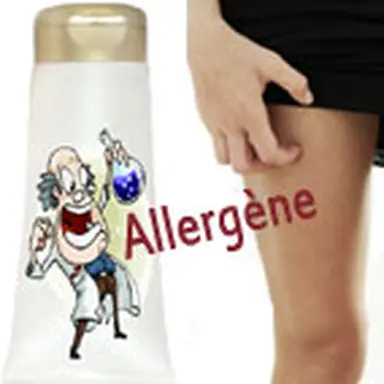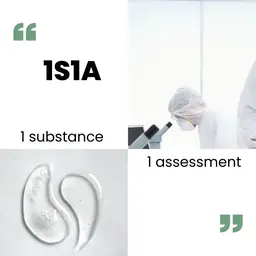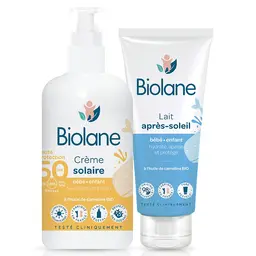
When dealing with reactions of allergy due to cosmetics, there are two kinds of people: people who know they are allergic, sensitized to one or several ingredients, who know which ones and know how to avoid them; and all the other consumers, who may be sensitized as they go along with repeated contacts with the different allergenic substances contained in our widely used hygiene, and beauty cares. What to do not to go in the first category, to lower the risks to become allergic to cosmetics? Underneath, a practical guide of the main ingredients to avoid …
A guess is that 23% of women and almost 14% of men have undesirable reactions after using a cosmetic product . These are mainly contact allergies (spots, hives, eczema, photosensitization …) that may even go to an anaphylactic shock (a very rare occurrence, fortunately).
Unlike reactions of irritation, generally an allergy does not come immediately after the application of the involved product (the onset of the symptoms is said to be "delayed"); further, it may appear in another area of the body: a reaction to a nail polish may surface on the face. A hair colourant may induce an eczema on the hands. It even may happen that a child suffers hives due to his mother’s perfume …
The sensitization process, already explained b CosmeticOBS-L’Observatoire des Cosmétiques in the "
Allergies: new risks emerging from the jars of our creams
" article, may need a long time.
However, once one is sensitized to an ingredient, even a very small quantity in a
cosmetic product
is enough to cause a reaction; this may go on and go on at every contact, all the life long.
It is then of the utmost importance to limit the exposure occurrences to potentially allergenic ingredients …













